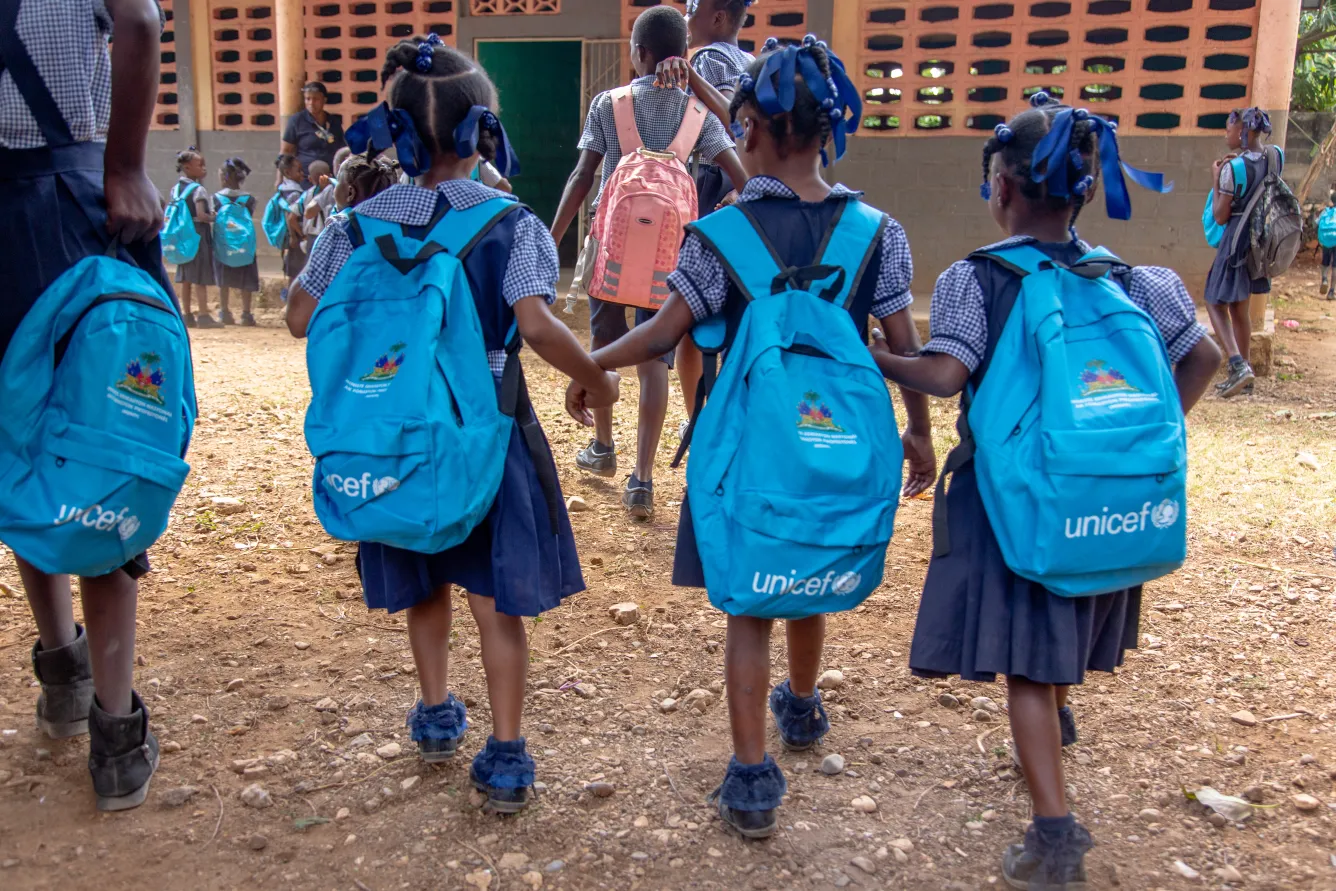Children receive school kits in remote rural Haiti
Written by Ndiaga Seck, UNICEF Haiti
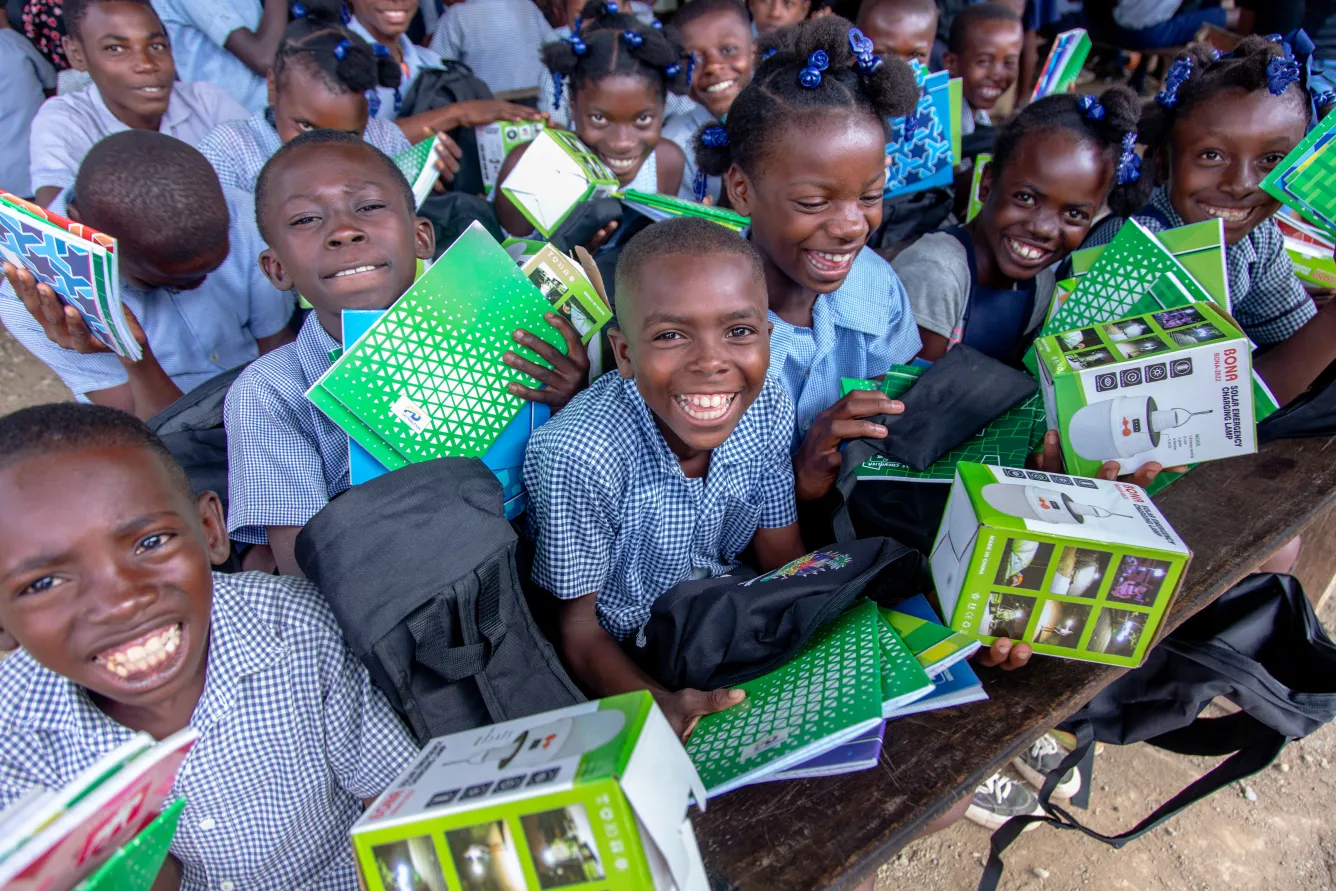
In 2021, a 7.2 magnitude earthquake struck southeastern Haiti, destroying or damaging 1,250 schools and leaving some 250,000 children without education. Two years later, many children from the most vulnerable families need assistance to continue their education.
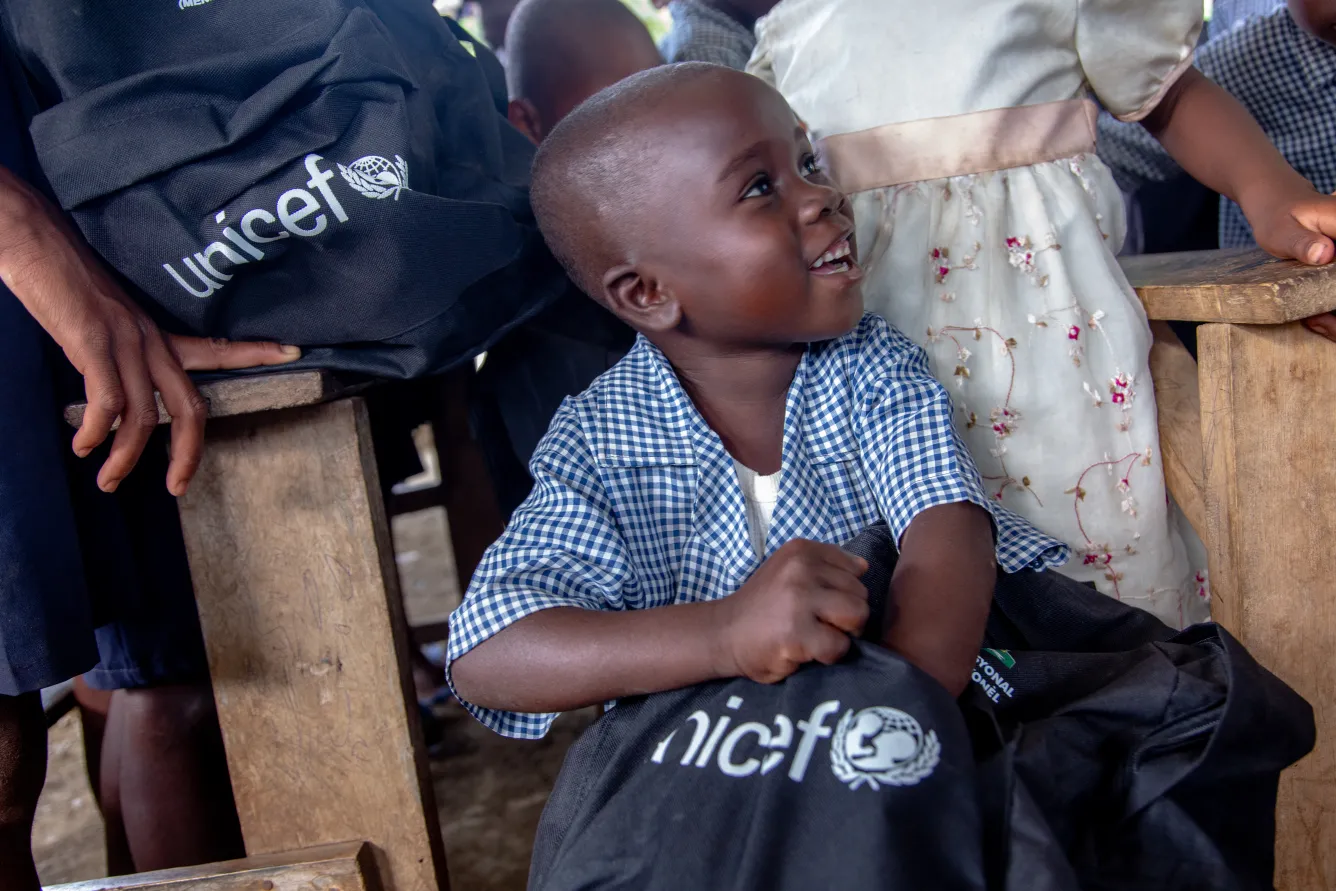
UNICEF and the Ministry of Education (MENFP) have distributed school kits comprising one backpack, six notebooks, one solar lamp, six pens, one box of colored wax crayons, one slate, one slate pencil, one metal sharpener, two erasers and one plastic ruler.
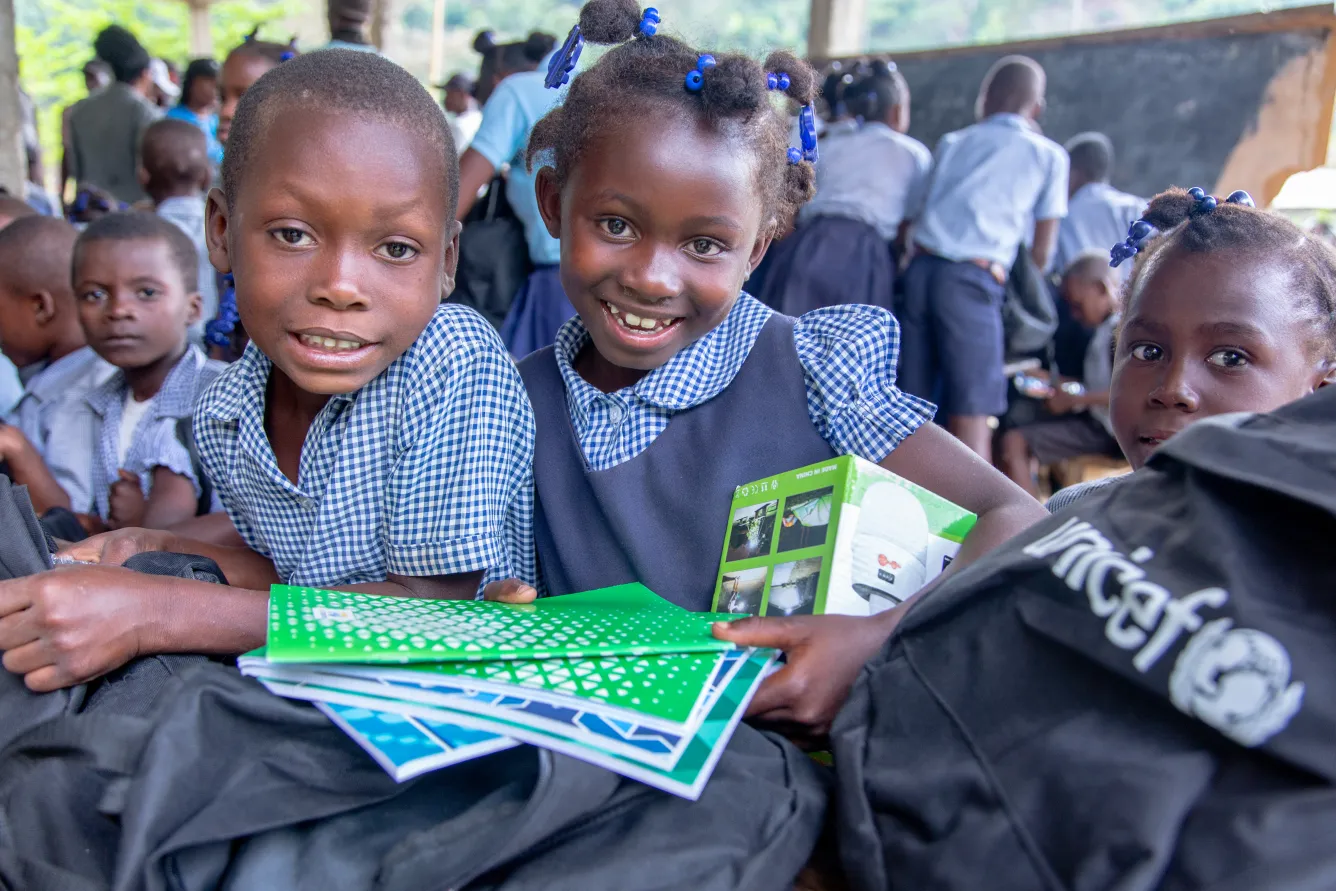
In Haiti, due to lack of security and physical access, it is not an easy task to transport emergency supplies to remote areas and reach the most vulnerable. Sometimes, transport costs are nine times higher such as when some armed groups blocked the main road leading to the south of the peninsula in June 2021. In 2023, UNICEF has already distributed half of the 18,000 kits planned in Grand’Anse, one of Haiti’s affected regions.
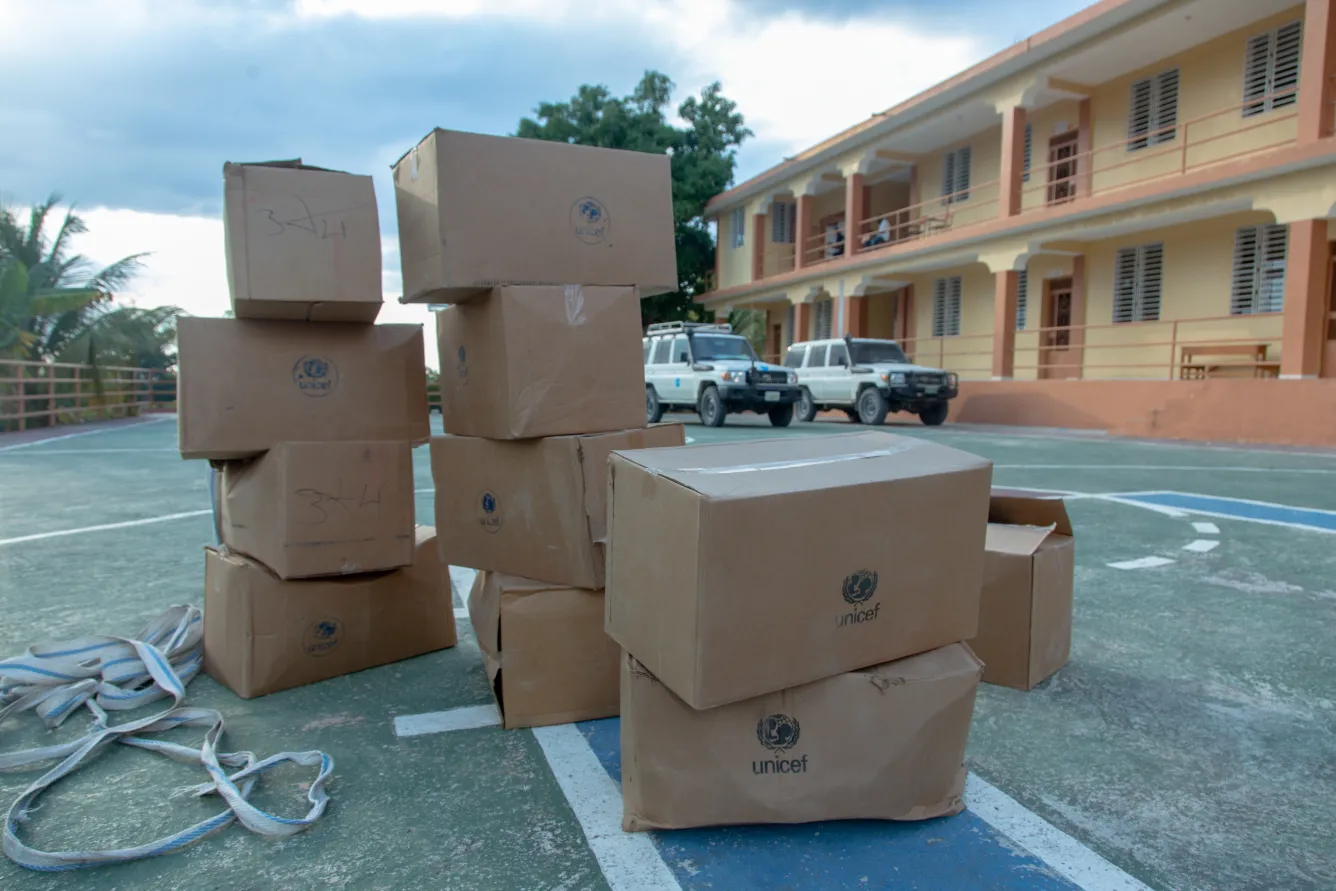
Transporting school kits across the Grand'Anse region takes a lot of effort. To reach remote schools, the kits are transported by truck to Les Irois and from there, they are taken to different schools, and not all are accessible by car. Various means of transport are used to bring the kits from one place to another. Here, the motorbikes are waiting to load up and go.
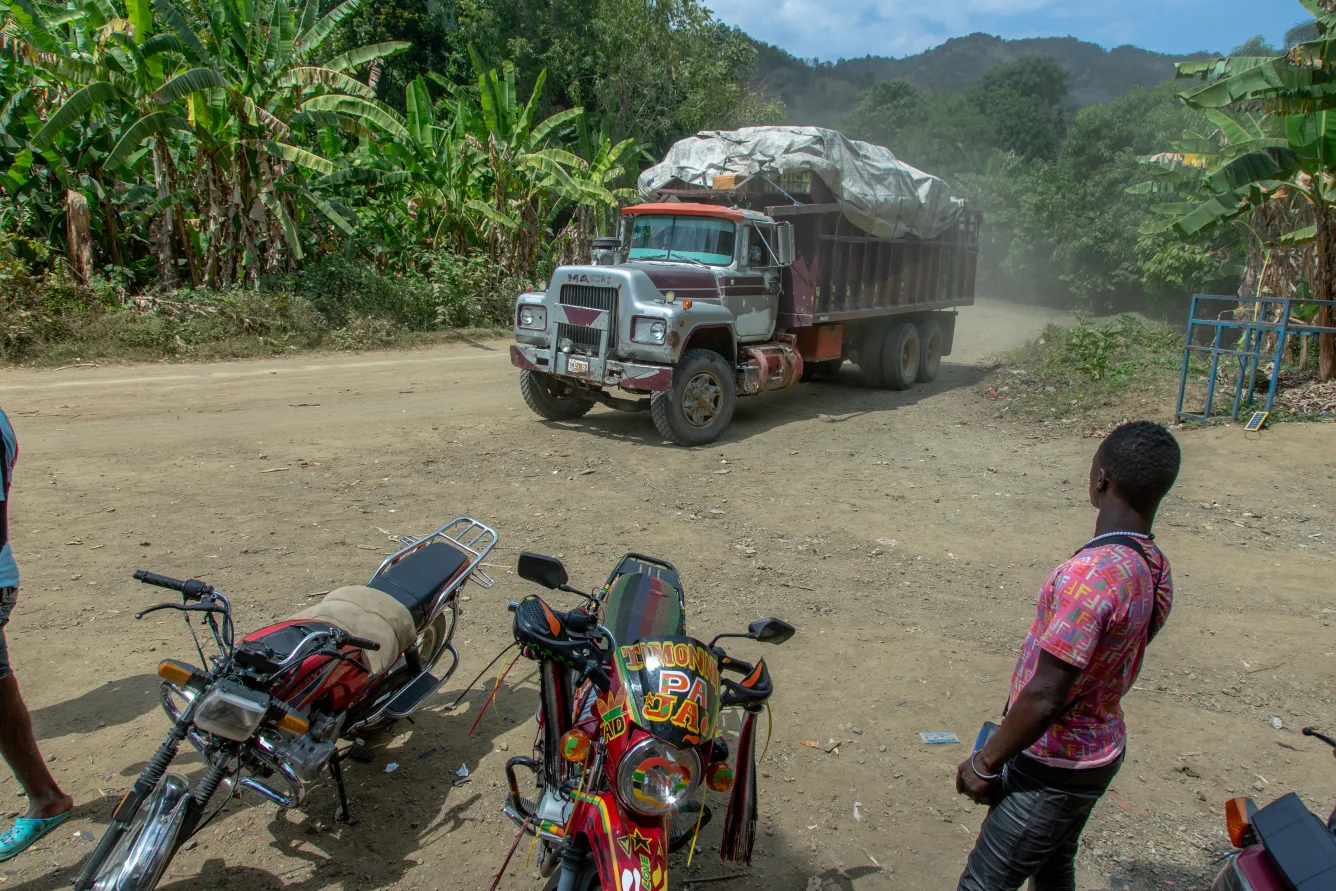
In some regions of Haiti, U-Reporters have helped load, transport and offload school kits in their communities. Since the earthquake hit their regions in August 2021, U-Reporters have been committed to helping children get access to assistance. In Les Irois, they helped offload trucks with essential supplies.
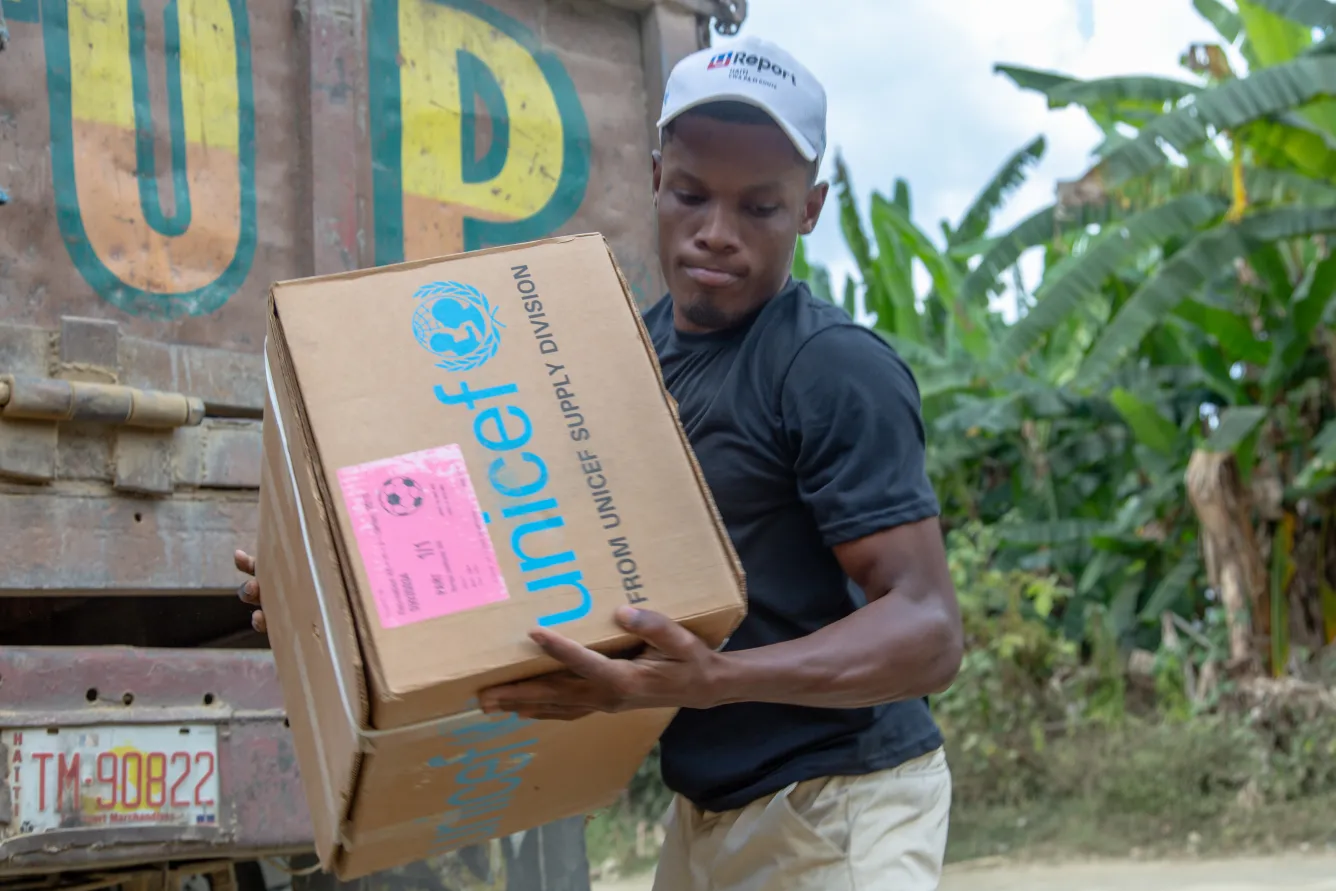
From Les Irois, motorcycles are often used to bring school kits to the various schools of vulnerable children. To go to Jorgues national school, the road is long, winding, strewn with pitfalls but the young people are devoted to helping their brothers and sisters to continue their schooling.
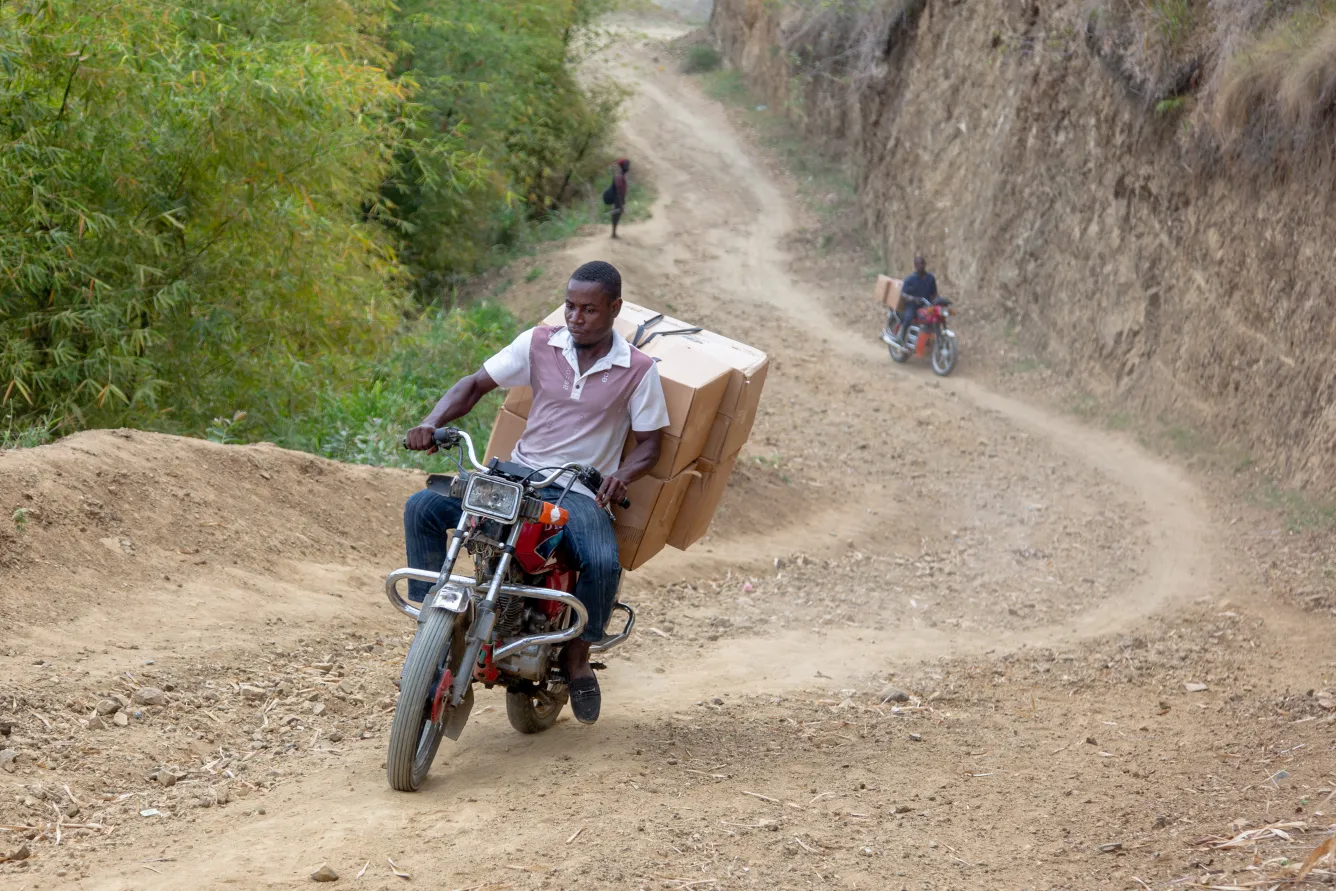
In some other parts of Haiti, essential school supplies are also transported by mule where vehicles can't reach. Guided by women and men, the animals travel for hours to reach the schools.
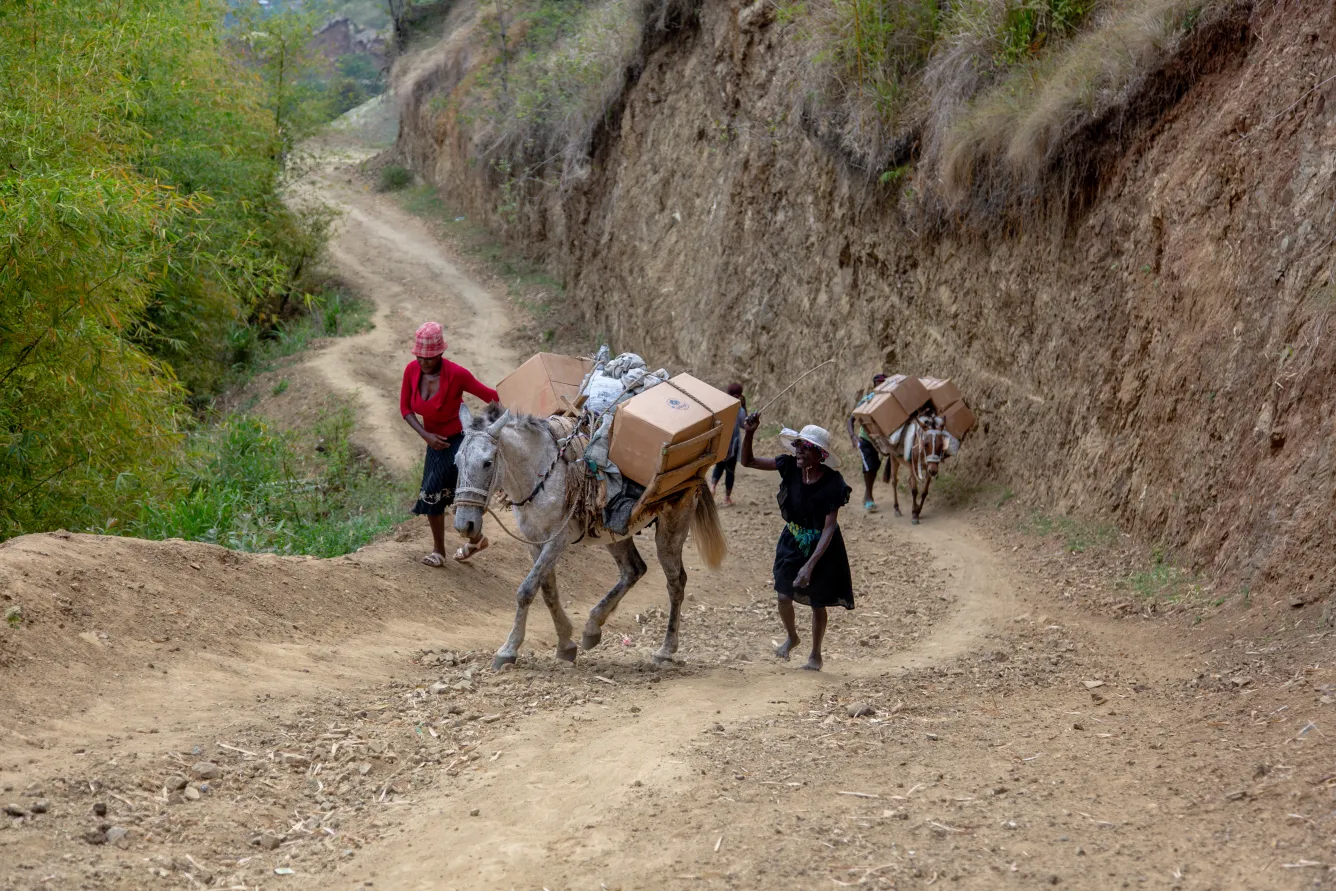
All roads are not easy to travel though between Les Irois and the different villages where schools are located. People and mules carry the school kits for hours and cross several springs to reach Jorgues or Galette Cotonnier national schools.
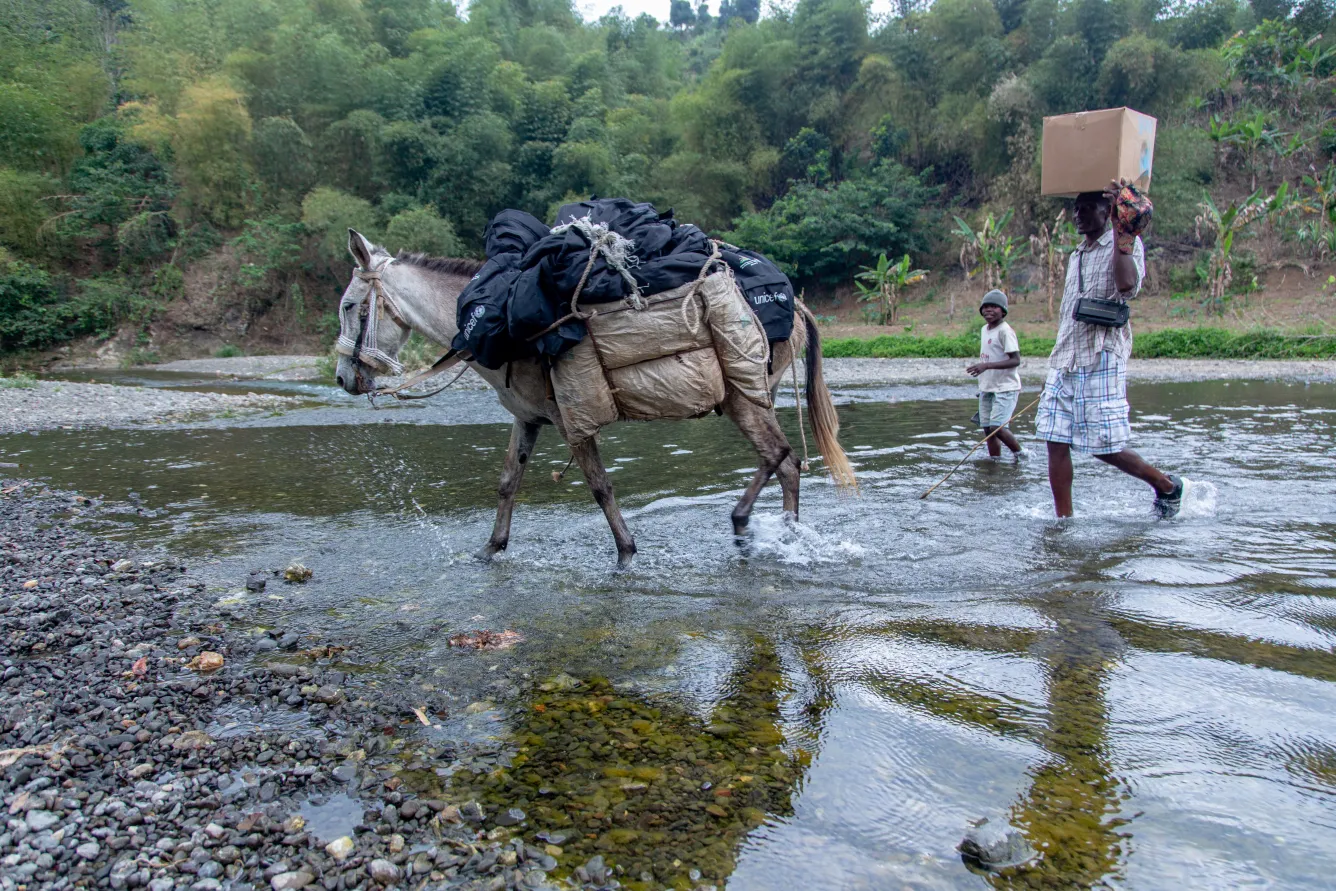
To distribute school kits to children, the Haitian U-Reporters come forward to help again. They travel to the remotest areas and here they can be seen walking along with UNICEF education officer Darlee Labranche, to reach schools. Since the 2021 earthquake, U-Reporters helped UNICEF distribute thousands of school kits in southwestern Haiti.

As soon as the kits reach the school, children are excited to help offload them and bring them to the classrooms. They cannot wait to get the school kits distributed.
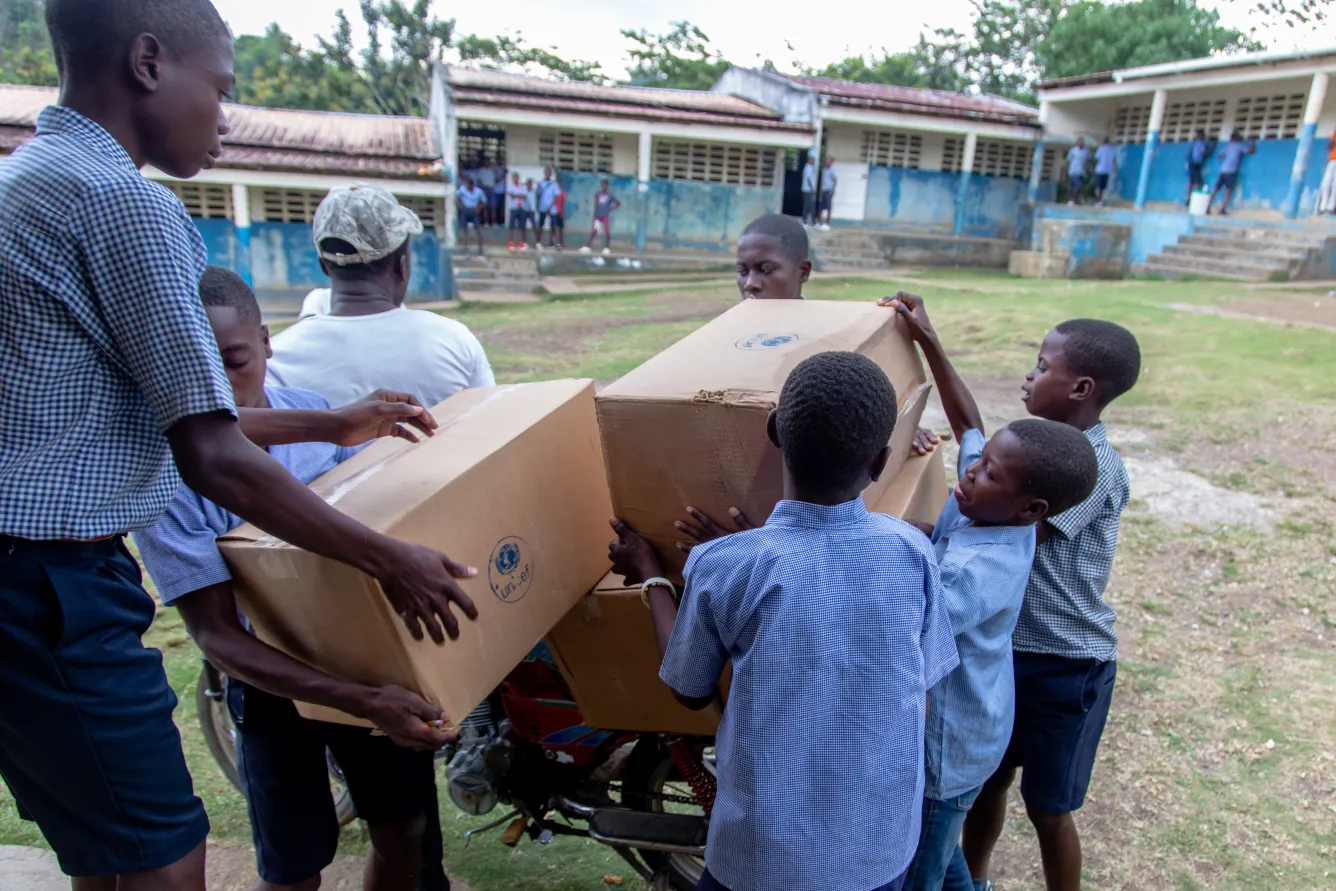
In Morency national school, Darlee Labranche distributes school kits to impatient children who quietly wait for these much-needed items. Disadvantaged by their geographical locations, many among these children have never received school kits. To bridge these inequities, UNICEF has stepped up efforts to reach the remotest and the most vulnerable.
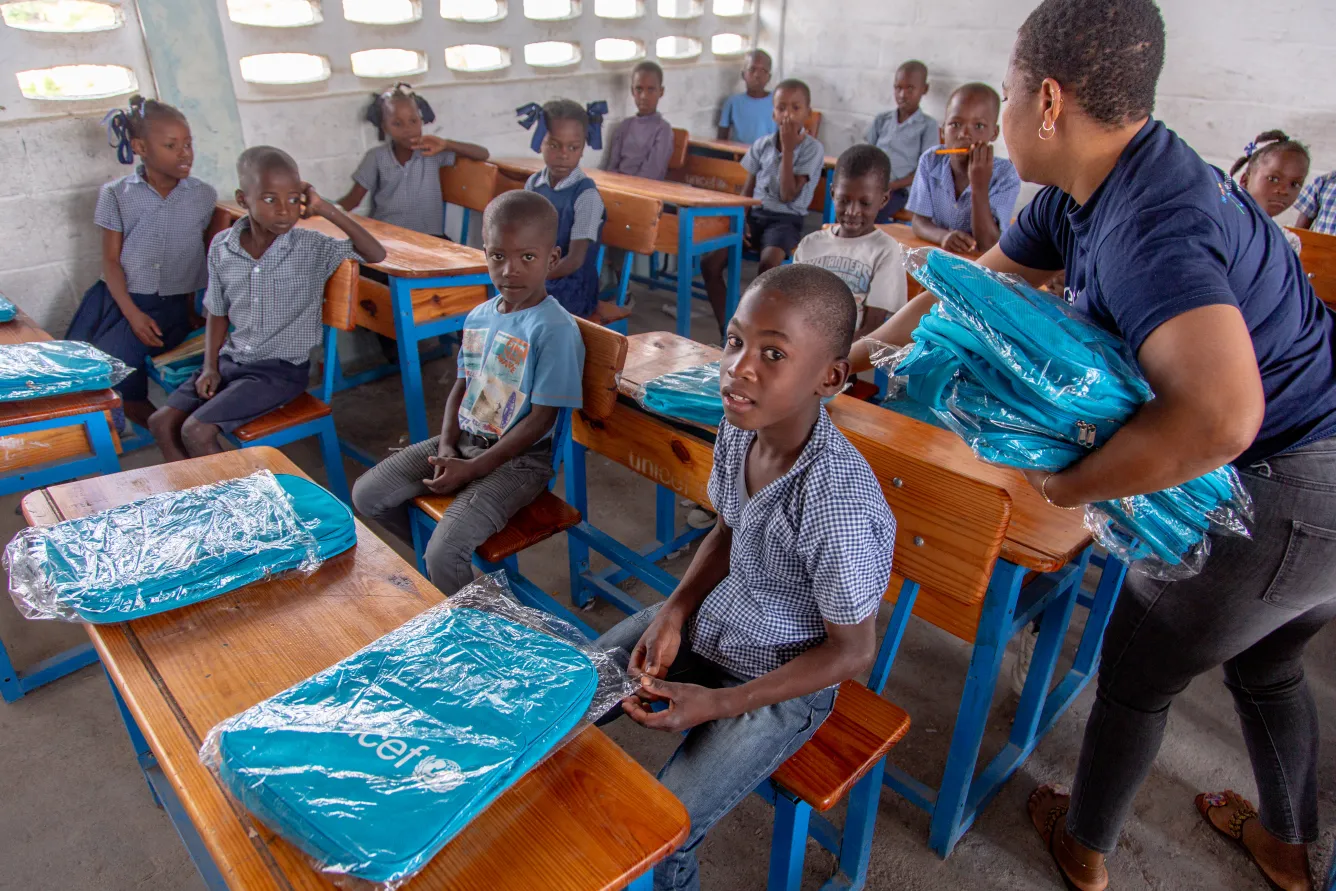
In the packages children have received, there is a solar lamp. In Haiti, electricity is scarce and especially in rural areas as the national grid is unreliable. The solar lamp is a revolution and while using it, children can familiarize themselves with green energy. A teacher shows children how the solar lamp works before they take it home.
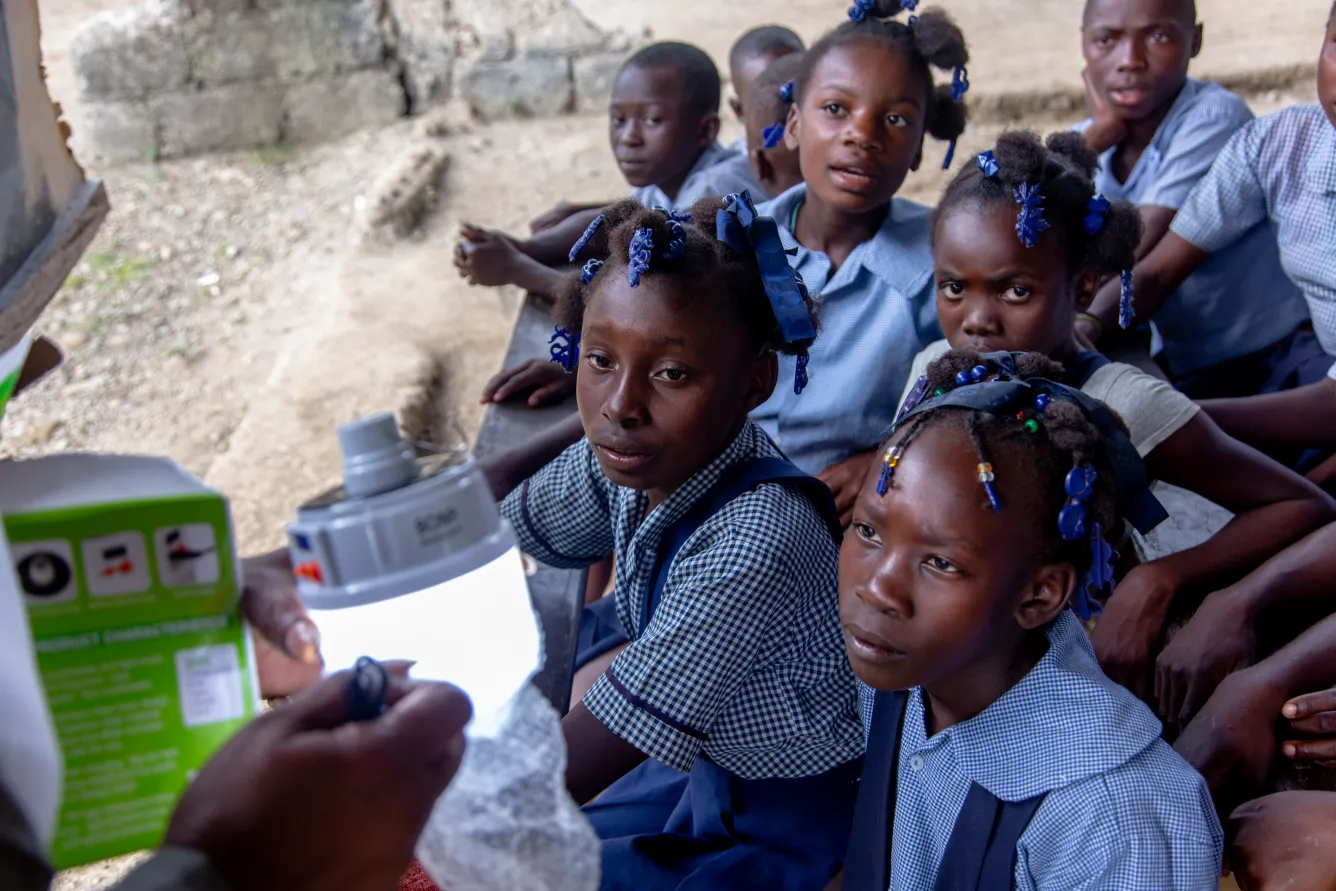
This little girl goes to Dame Marie national school in Grand’Anse. She is happy she has received a new set of school material to take home.
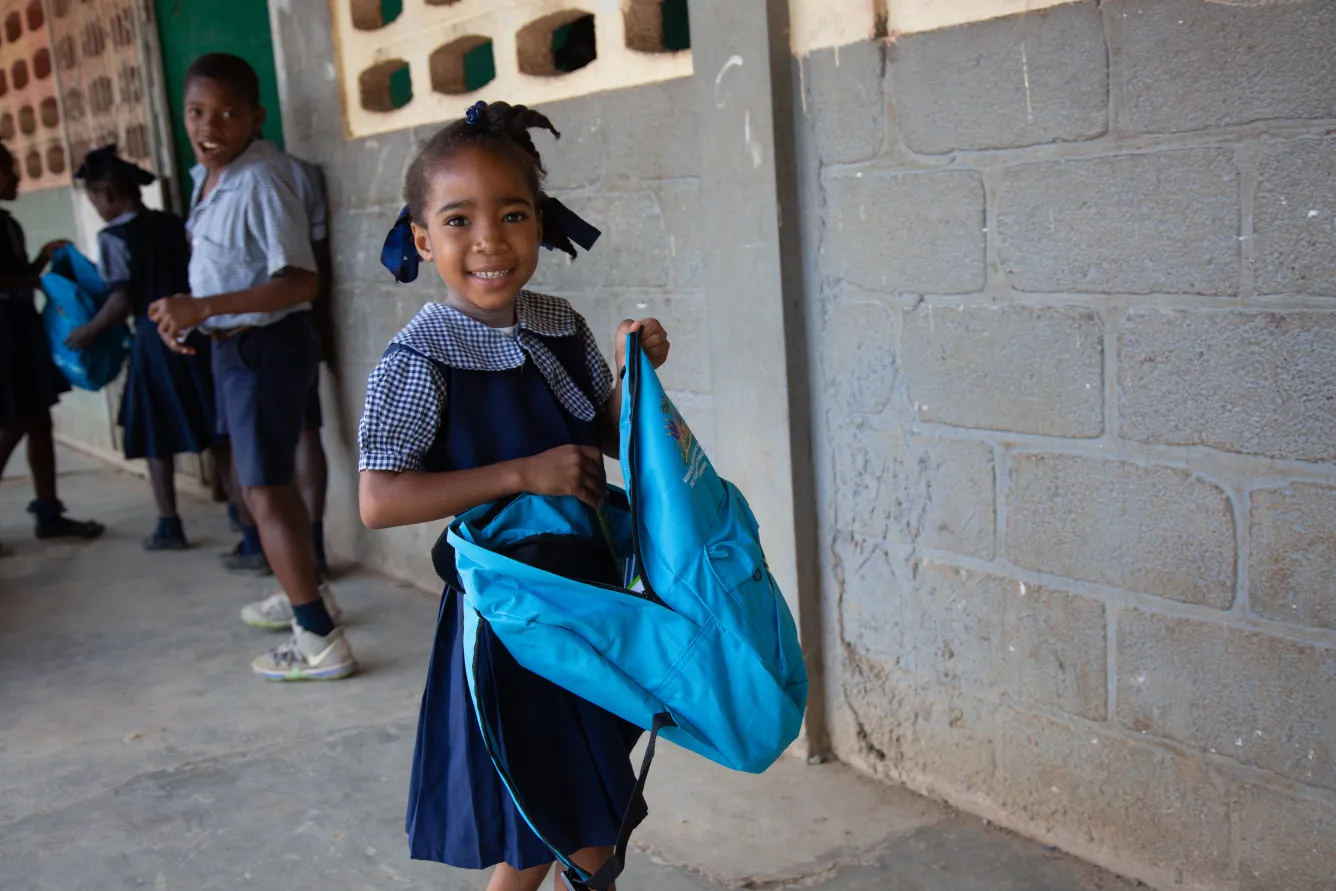
These school kits are essential to help children start, resume, or continue their education in better conditions. 12-year-old Jean Max who goes to school in La Haie studies at home. The new kit will surely help him get improve his reading and writing by the end of the year.
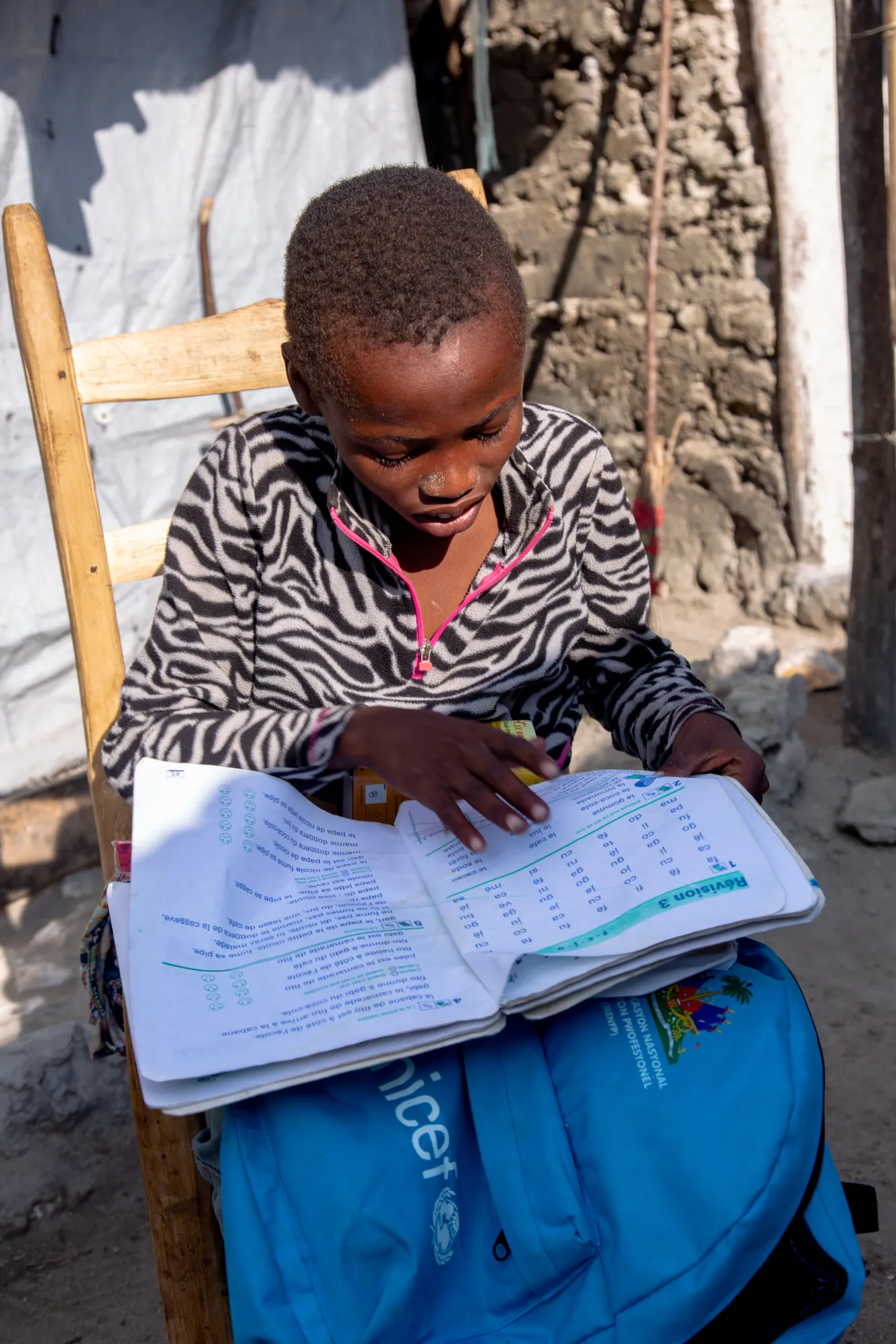
In earthquake struck southwestern Haiti, thousands of affected children are still left without adequate educational conditions. UNICEF continues to make all necessary efforts to bring assistance to the most vulnerable children and widen their access to education. More resources are needed to respond to the needs of the children in Haiti.
